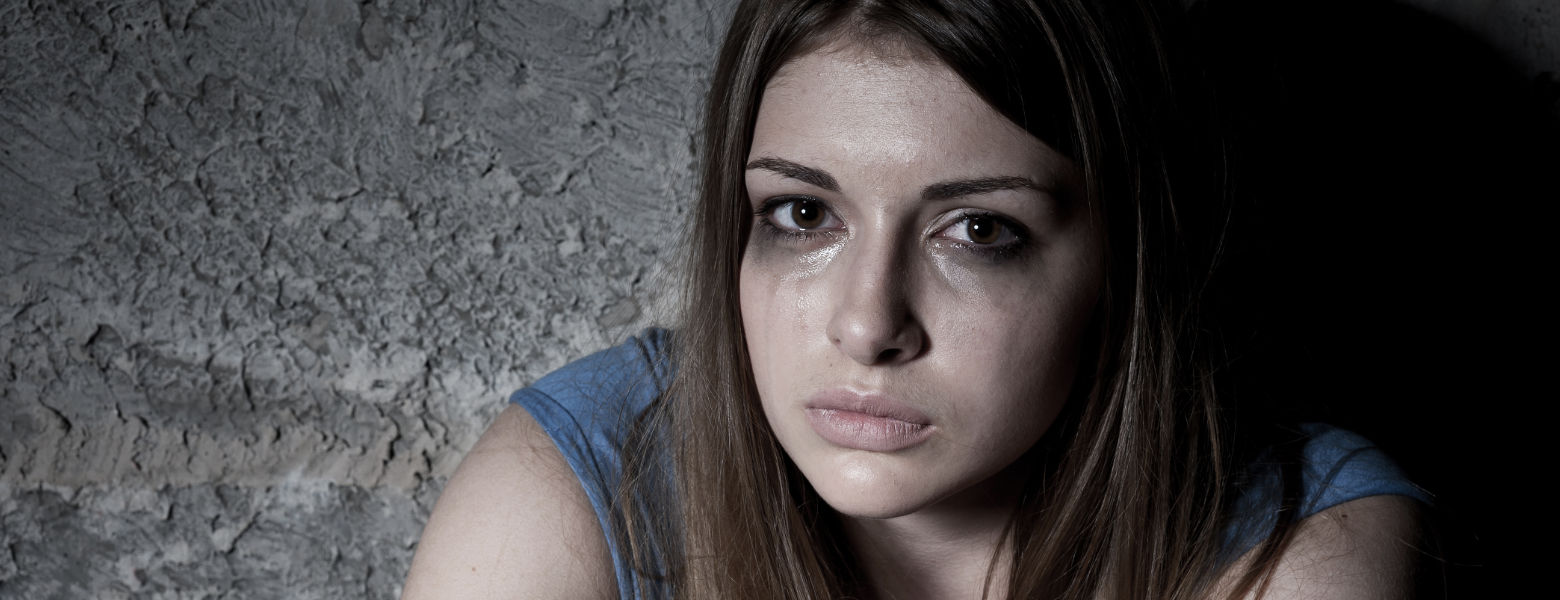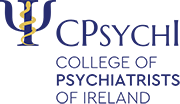Between 2020 and 2023, more than 50,000 individuals in Ireland were treated in hospital settings for injuries caused by self-harm. This startling figure, revealed by the National Self-Harm Registry Ireland (NSHRI), underscores the urgent and ongoing mental health crisis in the country. Although there has been a slight reduction in overall self-harm rates compared to previous years, certain groups—especially adolescent girls—are seeing record-high rates, raising grave concerns about systemic gaps in care and intervention.
This article explores the drivers behind these numbers, the broader structural and societal contributors to the crisis, and recommendations for a coordinated response. We also include expert insight from psychologist Dr. Becky Spelman, who weighs in on the failures and necessary transformations within Ireland’s mental health system.
A Closer Look at the Data: Scope and Trends
The NSHRI data points to a consistent and widespread issue: from 2020 to 2023, over 50,000 hospital presentations were made due to self-inflicted injuries. These include a range of methods, from drug overdoses and cutting to attempted hanging or drowning. Notably, this total includes repeat presentations, with some individuals attending emergency departments multiple times over the years.
Some key findings from the data:
- The majority of presentations came from those aged 15 to 24, with adolescent girls showing the sharpest increases.
- Drug overdose was the most common method of self-harm, followed by laceration and attempted asphyxiation.
- Urban centres reported the highest rates, but increases are being noted in rural counties as well.
- Repeat self-harm presentations remain a critical issue, with a subset of individuals returning to hospital repeatedly due to lack of follow-up support.
Although the overall rate of self-harm presentations has declined by around 12% since 2010, the figures remain unacceptably high—and certain vulnerable populations are showing worsening outcomes.
The Surge Among Adolescent Girls
One of the most troubling aspects of the current data is the marked rise in self-harm among girls aged 10 to 19. Rates among this demographic have reached historic highs, with 2022 and 2023 showing the most elevated figures to date.
Several contributing factors have been identified:
- Social Media Pressures: The rise of platforms such as TikTok and Instagram has created new avenues for body image pressure, peer comparison, and exposure to harmful content, including pro-anorexia and self-harm-promoting posts.
- Academic Stress and Isolation: Many adolescents report feeling overwhelmed by academic expectations. The COVID-19 pandemic only amplified this, creating periods of prolonged isolation and disrupted education.
- Lack of Timely Access to CAMHS: Ireland’s Child and Adolescent Mental Health Services (CAMHS) are severely under-resourced. Waiting lists often stretch for over a year, and many young people go without any psychological support at all during this critical period.
- Cultural Stigma: Despite growing awareness, stigma around mental health remains a significant barrier for young people seeking help, especially in communities with less open dialogue around emotional wellbeing.
Hospital Emergency Departments: A Misaligned Safety Net
Ireland’s hospital emergency departments are not designed for complex psychological crisis care, yet for many people in distress, they represent the only available option. This mismatch in care provision has become increasingly evident.
Many emergency clinicians lack specialist training in mental health crisis intervention. Often, patients are medically stabilised and discharged with minimal or delayed referral to psychiatric services. Without proper continuity of care, the risk of repeat self-harm or suicide increases substantially.
Mental health advocates and practitioners argue that this cycle is both ineffective and damaging. The current system effectively criminalises or penalises mental health crises by placing them in inappropriate acute medical contexts.
Expert Commentary: Ireland’s Mental Health Infrastructure “Failing young people”
Dr. Becky Spelman, psychologist and founder of Private Therapy Clinic, offered the following remarks on the crisis:
“What we are witnessing in these figures is not simply a reflection of individual suffering—it is a damning indictment of a system that has neglected mental health care for decades in Ireland. Behind every statistic is a young person who felt so overwhelmed, so isolated, that hurting themselves seemed like the only option. The message is clear: we need more than just reactive hospital care. We need early intervention, school-based counselling, properly funded CAMHS, and accessible therapy that does not involve waiting over a year for an appointment.”
— Dr. Becky Spelman, 2025
Her comments reflect growing frustration among Ireland’s mental health professionals, who have long warned that without structural reform and meaningful investment, preventable harm will continue.
Government Promises vs. Service Delivery
The Irish government has repeatedly acknowledged the growing demand for mental health services, and there have been multiple policy initiatives aimed at addressing the shortfall.
In 2022, the Department of Health published renewed commitments under Sláintecare, promising increased integration between primary care and mental health supports. However, implementation has been slow. CAMHS staffing levels remain below targets, and some regions have no access to specific services like eating disorder clinics or crisis intervention teams.
A 2025 allocation of €31 million for mental health infrastructure—the largest ever one-year investment—was announced by Minister of State Mary Butler. While this is a step forward, critics argue that capital investment alone does not solve the underlying workforce and access challenges.
Independent TD Carol Nolan, who raised parliamentary questions around the NSHRI data, described the statistics as “harrowing” and called for a radical overhaul of how Ireland addresses youth and adolescent mental health.
From Emergency to Prevention: What Needs to Change
Ireland’s approach to mental health care remains primarily reactive. To reduce hospitalisations for self-harm, a shift towards early intervention and community-based prevention is essential.
- Strengthen CAMHS Immediately
CAMHS must be fully staffed and funded to eliminate lengthy waiting lists. This includes hiring child psychologists, psychiatrists, occupational therapists, and family therapists. Emergency CAMHS teams should also be established for rapid-response situations.
- Establish School-Based Mental Health Services
Embedding trained counsellors in primary and secondary schools would allow early identification of distress. Lessons on emotional resilience, mindfulness, and communication should be core parts of the curriculum.
- Expand Subsidised Access to Private Services
Many families who cannot afford private therapy are left waiting for public services. A government-backed voucher scheme could cover therapy sessions with accredited private practitioners.
- Create 24/7 Mental Health Crisis Teams
Like in the UK’s NHS model, regional crisis response teams that operate round-the-clock could reduce reliance on emergency departments and provide immediate, skilled support to individuals in crisis.
- Regulate Harmful Digital Content
Social media platforms should be legally required to monitor and remove harmful content that promotes self-harm. Ireland could follow France’s example, where a 2023 law mandates content moderation of material related to eating disorders and suicide.
A Nation in Crisis, But Not Without Hope
The 50,000+ hospitalisations for self-harm over four years reflect a national crisis, but also an opportunity. An opportunity to listen—to young people, to families, to clinicians—and to build a mental health system that offers timely, compassionate, and effective care.
The silence surrounding self-harm must end. Behind each hospital presentation is a person reaching out, often in the only way they know how. Ireland’s job now is to ensure that reach does not go unanswered.
















